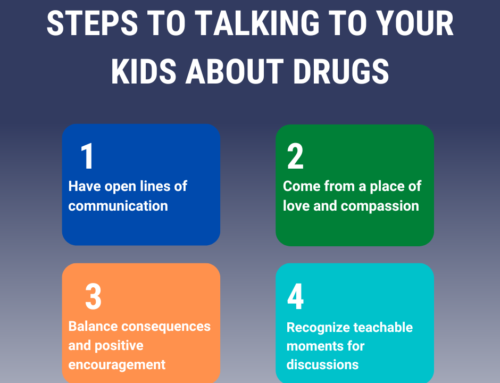Amphetamines are nervous system stimulants to treat ADHD, narcolepsy, and obesity. Amphetamines used to be used to treat a variety of medical treatments until the dangers and abuse of the medication were too great to ignore. It is important to learn the history of amphetamines so that you are aware of people’s perceptions of the drug when it was first created to now.
Amphetamines were created in 1887 by Romanian chemist Lazar Edeleanu from the chemical compound Ma-Huange in China. In the 1920s, amphetamines would dilate the bronchial sacs of the lungs and clear the breathing passages for asthma, hay fever, and the common cold. In 1932, Benzedrine inhalers were introduced and they were a success as over-the-counter medications. Drug company Smith, Kline, and French would sell amphetamines as inhalers at first but popular demand led to amphetamines to treat narcolepsy, addiction, and opiates. In 1939, the harmful effects of amphetamines were realized. Teens and adults would look for a cheap way to get high from amphetamine strips of Benzedrine inhalers in coffee or through chewing and swallowing. It was the most widely used drug in the 1930s.
In 1937, the American Medical Association approved a form of Benzedrine sulfate tablets to treat narcolepsy, postencephalitic Parkinsonism, and minor depression. It was believed to adjust the hormonal balance in the central nervous system creating an amplified adrenergic stimulation to promote activity in those who are depressed. In the 1950s and 1960s, amphetamines were used to stay awake for long periods like World War II veterans, truck drivers, high school and college students cramming for exams, and athletes who needed more energy.
In 1962, more than 200 million pills were sold. In 1941, Benzedrine tablets were sold $500,000 and continued to rise. In 1945, the war years would increase production and the sale of amphetamine tablets. More than $2 million were sold for Benzedrine tablets and Dexedrine were sold $650,000. In 1965, amphetamines were on a prescription basis only and removed from over-the-counter. The wide abuse potentials and the dangers of amphetamines were too big to ignore and the FDA took action. They were still used to treat ADHD and ADD but other purposes were limited. They are no longer widely used as before in the medical field. This history proves how the medical benefits of a particular drug are not worth selling if it has the potential for abuse.
Located in downtown Midland, The Springboard Center’s mission is to offer programs and services to treat alcohol and drug addiction treatment using an evidence based curriculum, 12 step programs, diet, nutrition, exercise, emotional, mental and spiritual development for a long recovery. For more information, please call us at 432-620-0255 as we are open 24 hours a day, 7 days a week.




